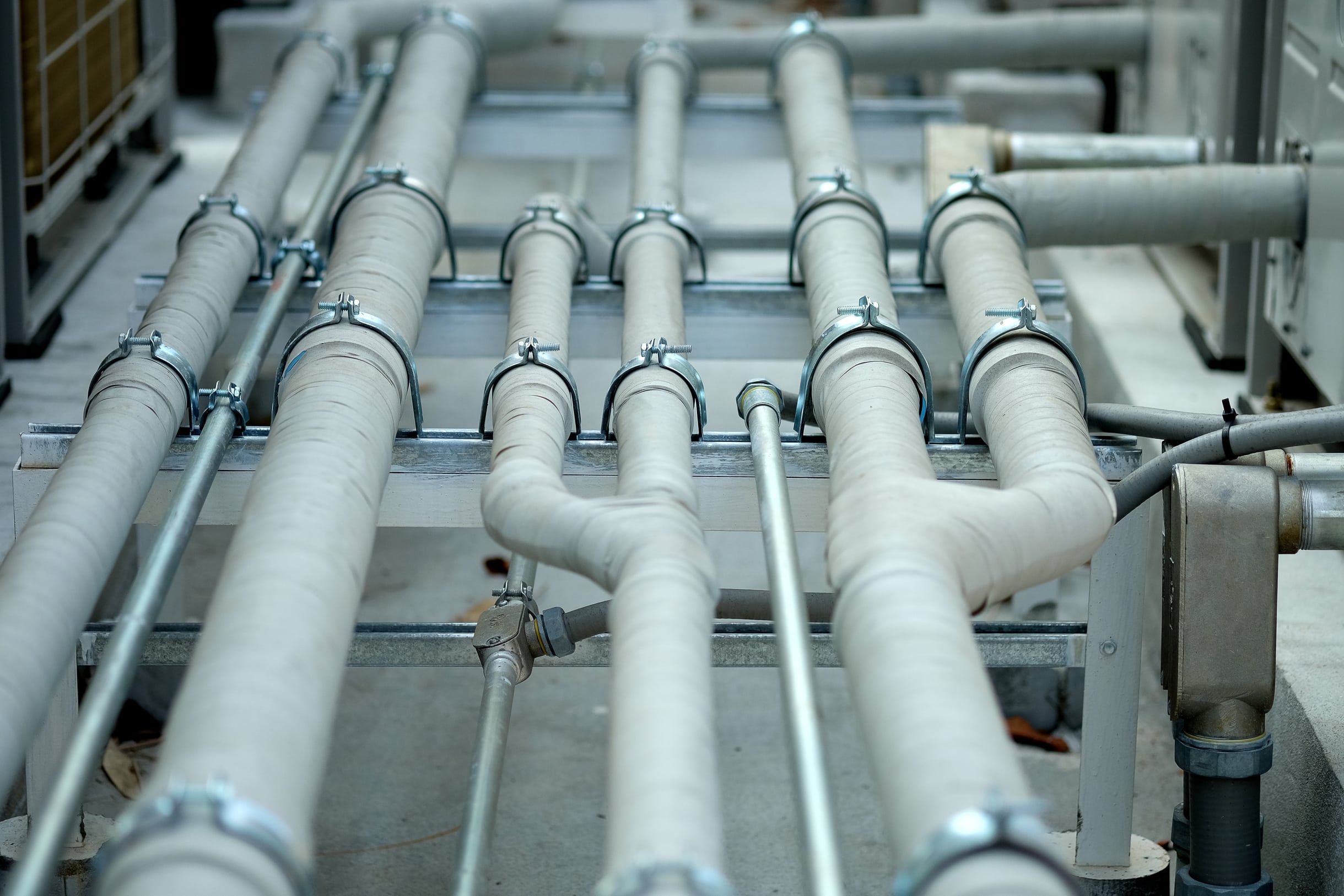What’s the Best Way to Install an Adjustable Suspension in a Classic Ford Mustang?

A suspension system is a critical component of your Ford Mustang. Not only does it deliver a smoother ride, but it also enhances the performance, handling, and safety of your vehicle. This article provides an in-depth guide on how to install an adjustable suspension in your classic Ford Mustang.
Identifying The Right Suspension System for Your Mustang
Before delving into the installation process, it’s crucial to understand the unique needs of your classic Mustang. Each car is different, and what might work for one could potentially damage or hinder the performance of another.
Cela peut vous intéresser : What Are the Best Performance Tuning Strategies for a V8-Powered Ford Raptor?
When it comes to Ford Mustangs, you’ll want a suspension that can handle the raw power and weight of the car. Your best bet is an adjustable suspension kit. An adjustable shock and coil spring system allows you to fine-tune your ride height and stiffness to suit your driving style and conditions.
You will also want to consider whether to opt for a full suspension kit, which includes upper and lower control arms, sway bars, links, and shocks, or just upgrade specific components. Upgrading components can be a cost-effective way to improve your Mustang’s ride, but if you’re after a comprehensive solution, a full kit is the way to go.
Sujet a lire : Can the Right Exhaust Wrap Reduce Under-Hood Temperatures in a Subaru Forester XT?
Gathering Necessary Tools and Preparing Your Mustang
Before you start the installation process, ensure you have all the necessary tools at hand. This can include a variety of wrenches, pliers, a jack stand, and safety glasses. Additionally, you may need a spring compressor to safely handle the coil springs.
Next, use a jack to lift the front of your car and secure it safely on jack stands. Remember that safety should always be your top priority when working on your car.
Removing The Stock Suspension
With your Mustang securely elevated, it’s time to remove the old, stock suspension. Start by disconnecting the front sway bar links from the lower control arm. Following this, you’ll want to disconnect the shocks from the upper shock mount and lower control arm.
Once the shocks are disconnected, you can remove the coil spring. Coil springs are under high tension, so use a spring compressor to safely decompress the spring before removing it.
With the spring removed, you can then detach the upper and lower control arms. Be mindful of the brake lines during this process – you don’t want to accidentally sever or damage these.
Installing The New Adjustable Suspension
Now that you’ve removed the old suspension, it’s time to install the new one. Start with the lower control arm, ensuring it’s properly aligned with the mounting holes. Once aligned, you can insert and tighten the bolts.
Next up is the coil spring. Ensure the spring compressor is properly attached to the spring. This will allow you to safely compress the spring to fit into the lower control arm. Once in place, you can slowly decompress the spring until it’s securely seated.
The adjustable shock comes next. Ensure it’s properly aligned with the upper shock mount and lower control arm, then insert and tighten the bolts.
With the shocks and springs in place, you can then install the upper control arm. Make sure it’s properly aligned with the mounting holes before inserting and tightening the bolts.
The last step is reconnecting the front sway bar links to the lower control arm. Make sure the links are tight and secure.
Fine-Tuning Your Adjustable Suspension
The beauty of an adjustable suspension is that it allows you to fine-tune your ride. You can adjust the height and stiffness of your car to suit your driving style and conditions.
To adjust the ride height, you’ll need to adjust the coil springs. This is done by turning the adjustment collars on the springs. Turning the collars clockwise will lower your car, while turning them counterclockwise will raise it.
The stiffness, or damping, can be adjusted by turning the dial on your adjustable shocks. Turning the dial clockwise will stiffen the ride, while turning it counterclockwise will soften it.
Remember, adjustments should be made incrementally and tested thoroughly to ensure optimal performance and safety.
In the end, your suspension system will significantly influence your Mustang’s performance, handling, and safety. Therefore, taking the time and effort to properly install and adjust an adjustable suspension is well worth it.
Incorporating Additional Elements of the Suspension System
Though you have successfully installed the adjustable suspension, several other components play pivotal roles in the overall performance of your classic Mustang. These components include the torque arm, ball joints, and pinion angle.
The torque arm is a critical aspect of the rear suspension system. It is designed to control the rotation of the rear axle and maintain the pinion angle during acceleration and deceleration, thereby providing better traction and reducing wheel hop. Installing a torque arm can be a bit challenging since it requires a certain level of precision. It is recommended to seek professional assistance if you are unsure of the process.
Ball joints are another critical component of the Mustang’s front suspension. They connect the control arms to the steering knuckles and allow for smooth, unrestricted movement of the front wheels. Over time, these joints can wear out and create a "clunking" noise when turning or going over bumps. If this is the case with your Mustang, it would be best to replace them during the suspension upgrade.
Lastly, adjusting the pinion angle is crucial to avoid driveline vibration and premature u-joint failure. It is the angle between the driveshaft and the pinion gear in the differential. Ideally, the angle should be set to create a straight line from the transmission to the rear end under load. This process also requires precision and may need professional intervention.
Conclusion: Enjoying the Comfort and Performance of Your Upgraded Mustang
You’ve done it! You’ve successfully installed an adjustable suspension in your classic Ford Mustang. With this new suspension system, you can now experience a smoother ride, improved handling, and enhanced safety. The adjustable shocks and coil overs allow you to customize your ride height and stiffness to suit your specific driving style and conditions.
Moreover, by incorporating the torque arm, ball joints, and correct pinion angle, you’ve enhanced the overall performance of your Mustang, providing better traction, reducing wheel hop, and ensuring a smoother, unrestricted movement of the front wheels.
Remember, the key to maintaining your Mustang’s performance is regular check-ups and timely replacements of worn-out parts. Whether you’re a fan of classic Mustangs or a stang-aholic, investing in the right components and taking care of your vehicle is paramount.
This entire process, while seeming daunting, is an investment in your vehicle’s longevity and performance. It’s an opportunity to truly get to know your vehicle, understand its nuances, and tailor it to your style. The better the quality of the installation, the better your Mustang will perform. So, buckle up, hit the road, and enjoy the thrill of driving your fully upgraded classic Ford Mustang.
